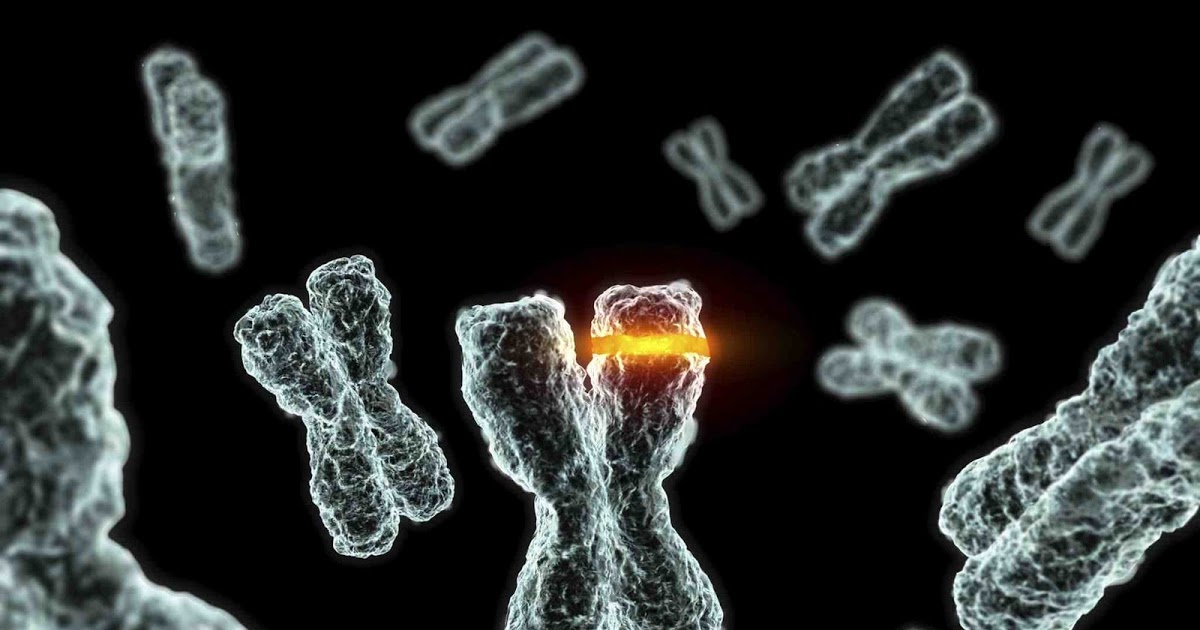What Causes Angiomyolipoma?
Angiomyolipoma is a benign tumor of the kidney composed of smooth muscle cells, fat, and thick vessels. While it isn't cancerous, angiomyolipoma can still grow large enough that it impairs the function of the kidney. It can also cause blood vessels to dilate and eventually burst. For some patients, rupturing of the blood vessels is the first symptom of the tumor, and it can result in hemorrhaging, pain, vomiting, and nausea. This type of tumor usually affects the kidneys, but it can also be found in the liver or sometimes other organs.
In most cases, angiomyolipoma does not require surgery unless it causes bleeding or impairs kidney function. The following are the five most common causes of angiomyolipoma.
Progenitor Cell Mutation

Angiomyolipoma is always caused by a progenitor cell mutation. Progenitor cells are cells that tend to differentiate into specific types of cells, like stem cells, but are more specific than stem cells and pushed to become their "target" cells. These cells cannot reproduce and divide indefinitely. The tumor can be associated with a disease, or it can develop sporadically, but it is always caused by mutations in the TSC1 or TSC2 genes that control cell proliferation and growth.
Angiomyolipomas are made up of immature smooth muscle cells, vascular cells, and fat cells. All three components are believed to come from a common progenitor cell that developed a "second-hit" mutation. This hypothesis states that cancer comes from accumulated mutations in the DNA.
Keep reading to learn about another serious condition that can cause this disease.